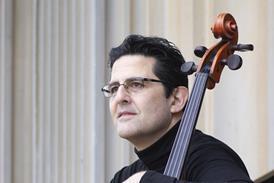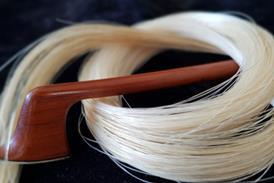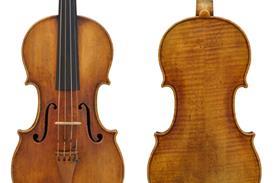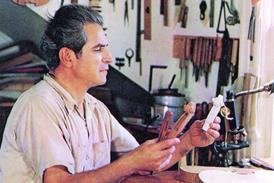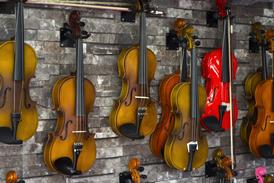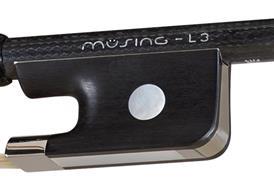- News
- For Subscribers
- Student Hub
- Playing Hub
- Directory
- Lutherie
- Magazine
- Magazine archive
- Whether you're a player, maker, teacher or enthusiast, you'll find ideas and inspiration from leading artists, teachers and luthiers in our archive which features every issue published since January 2010 - available exclusively to subscribers. View the archive.
- Jobs
- Shop
- Podcast
- Contact us
- Subscribe
- School Subscription
- Competitions
- Reviews
- Debate
- Artists
- Accessories
‘Interventions led to an almost total removal or retouching of the original materials’ - Comparing three 1734 Guarneris

Giacomo Fiocco explains the technical methods used to analyse a trio of 1734 Guarneris
Every musical instrument that came out of the great Cremonese luthiers’ workshops, such as those of Amati, Guarneri and Stradivari, has experienced a different journey. Each one may have passed through the hands of skilled and knowledgeable musicians and collectors – or lain forgotten in an attic for decades. Every violin bears, in some way, the marks of its history and fame that make it unique and inimitable, not only in terms of its acoustic and material features but also in its historical and symbolic ones.
Starting from the 20th century, the great interest in the topic has led makers and scientists to study the violins of the old Italians using a scientific approach, with the aims of characterising the chemical nature of the materials involved in Cremonese finishing treatments, and understand how they affect the instrument’s acoustic properties. Analytical investigations have enabled researchers to obtain a clear picture of the expected materials and their multilayered coatings, consisting of multiple superimposed films of varnishes, generally applied on wood that had been previously treated with a sealer to prevent varnish penetration. The most common materials identified and characterised so far in the coating systems of historical violins are siccative oils, metal-based driers, natural resins, animal glues, inorganic fillers, organic colourants, inorganic pigments, and lake pigments…
Already subscribed? Please sign in
Subscribe to continue reading…
We’re delighted that you are enjoying our website. For a limited period, you can try an online subscription to The Strad completely free of charge.
* Issues and supplements are available as both print and digital editions. Online subscribers will only receive access to the digital versions.










